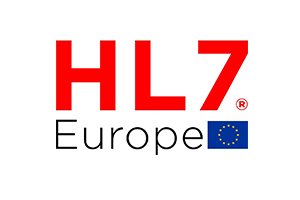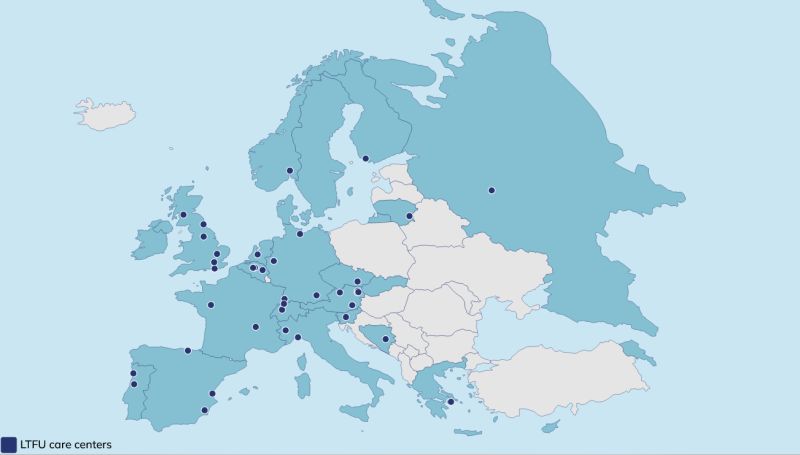In this interview, we meet Secretary General, HL7 Europe Foundation Catherine Chronaki.


Why did you join PanCareSurPass?
At HL7 Europe, we have been working with Patient Summaries, a snapshot of an individual‘s health, comprising of health problems, medications, allergies, and treatments, since 2010 with the epSOS large-scale cross-border pilot. Many years later, in Trillium aiming to scale up the use of patient summaries, we came across the Survivorship Passport website, and we said YES! The International Patient Summary (IPS) standards can help scale up deployment of the survivorship passport for all that need it! Preparing the PanCareSurPass project proposal was so exciting!
You lead WP3 – tell us about it!
WP3, ‘SurPass v2.0 – Addressing technological challenges and solutions in six European countries’, is where the insights gained from the pre-implementation study (WP1) meet the implementation strategy (WP2). Taking into account barriers and facilitators identified in each country, use cases and care workflows, and information that can semi-automatically transferred from the health information systems to SurPass we strive to streamline use of the Survivorship Passport in clinical practice. The HL7 FHIR implementation guide in pivotal in creating SurPass v2.0, as is also analyzing the security and privacy requirements.
Why do you think PanCareSurPass is an important project?
PanCareSurPass is an exciting project because in addition to addressing technical interoperability with HL7 FHIR, it brings together people from diverse backgrounds and disciplines, to take steps in the broad adoption of Survivorship Passport for childhood cancer survivors.
To achieve this objective, it has to connect the hearts and minds of researchers who excellent in diverse fields, paediatric oncology, economics, engineering, epidemiology, etc., uniting them in the SurPass mission.
What makes this project unique for you?
PanCareSurPass is unique to me because it is my first health system research project. I have been part of many telemedicine, eHealth, digital health projects in the last 30 years, most of them grounded in technology and standards. PanCareSurPass takes a holistic approach, addressing tough questions: how do we make SurPass part of the clinical practice? Easy and efficient to use? What is the cost of large scale deployment in key locations across Europe?
These are hard, pragmatic and realistic questions that stride towards transforming health and care.
What do you hope this project will achieve?
PanCareSurPass will offer insights in health systems research, and will definite set an example on how we address the introduction of digital health interventions in the mainstream guideline driven treatment and follow-up of childhood cancer survivors.
What’s the biggest challenge in your WP?
The biggest challenge in WP3 is collecting accurate information from participating sites, about what is feasible and taking incremental steps to realize, SurPass as the International Patient Summary of Childhood Cancer Survivors.
What’s the most fun thing in your WP?
Interacting with people from different disciplines, making friends, sharing the excitement of making things happen, connecting with HL7 FHIR one information item at a time… 😊
What’s the most important benefit of your WP for survivors?
Creating an interoperable Survivorship Passport that realizes the HL7 Save vision of a world in which everyone can securely access and use the right health data when and where they need it.
What else do we need to know about your WP or is there anything else you want to share?
I am looking forward to post-COVID-19 meetings where we can meet and work together, and socialize in person. Virtual meetings are boring!






